Imagine standing in the presence of a living organism that predates human civilization, witnessing the silent guardians of time that have thrived for millennia. These are the world’s oldest clonal trees, ancient beings that offer a glimpse into the earth’s past. Unlike individual trees that may live for hundreds of years, clonal trees are unique in that they replicate themselves through shoots and runners, forming genetically identical copies. This fascinating process allows them to survive for thousands of years, with some existing for over 10,000 years. As we dive into the world of these remarkable giants, we’ll explore their survival secrets, the science behind their longevity, and the incredible stories they tell.
The Mystique of Clonal Trees
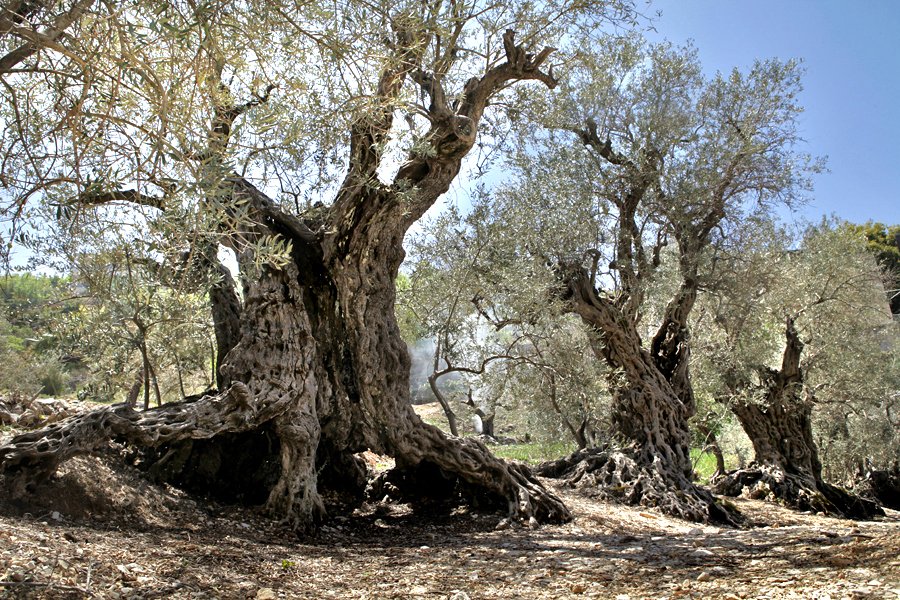
Clonal trees captivate the imagination with their ancient wisdom and resilience. These trees are not just single entities but vast, interconnected systems of roots and shoots that replicate themselves over time. This clonal growth results in a genetically identical “clone” that can survive environmental changes. It’s like a family tree that never dies, continuously regenerating itself. This characteristic has allowed clonal trees to thrive for millennia, withstanding the test of time while bearing witness to the earth’s evolution. Their mystique lies in their silent endurance, standing as living testaments to nature’s remarkable ability to adapt and survive.
The Science Behind Clonal Longevity
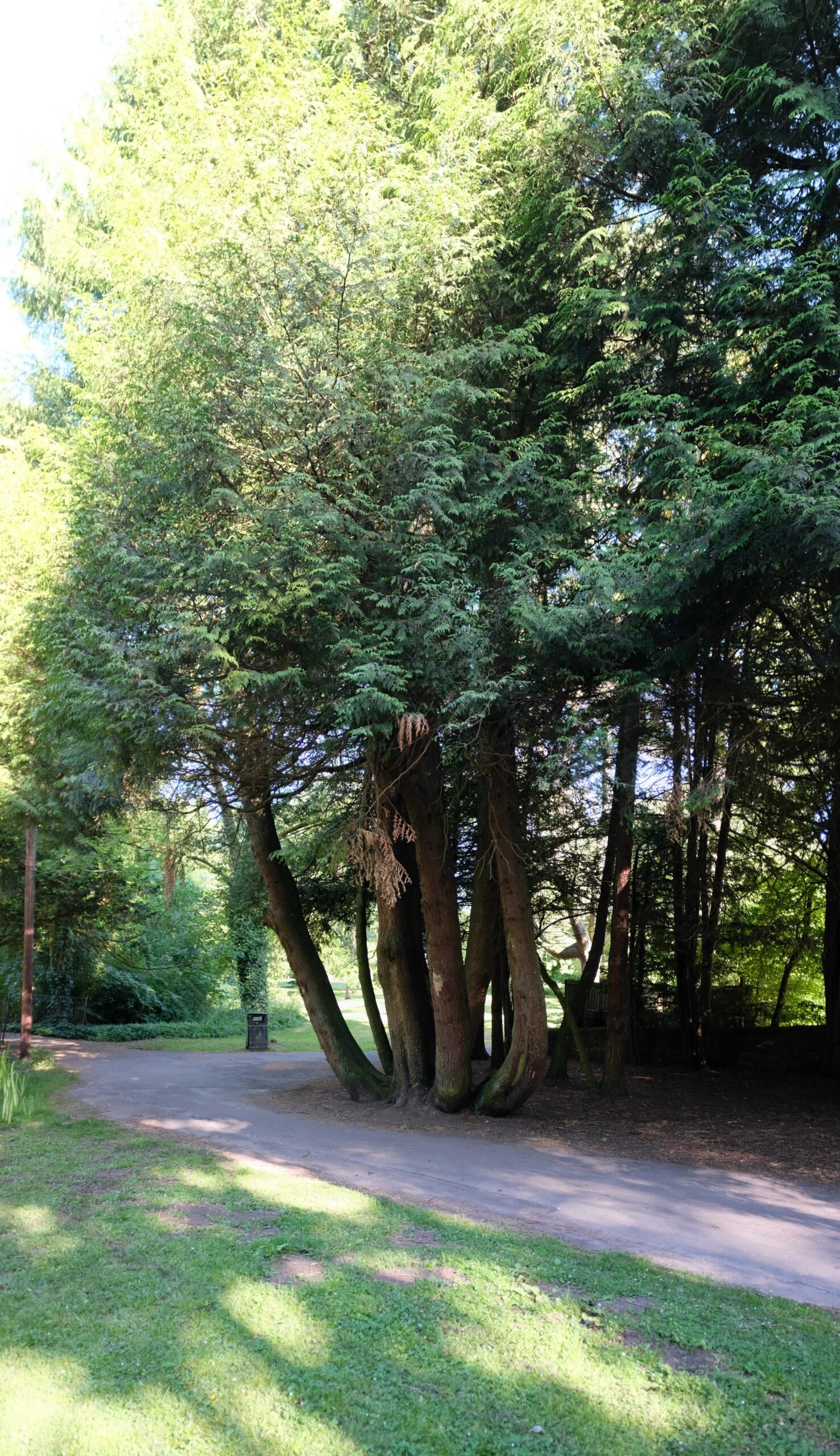
The secret to the extraordinary longevity of clonal trees lies in their unique method of reproduction. Unlike typical trees that rely on seeds, clonal trees propagate through vegetative reproduction. This means that when a part of the tree dies, new shoots emerge from the old root system, allowing the organism to continue living. This process creates a genetic clone that can persist for thousands of years. The DNA remains unchanged, effectively preserving the tree’s genetic history. This form of reproduction ensures that the clonal tree can withstand harsh conditions, making them resilient to diseases and environmental stressors over centuries.
Famous Clonal Trees Around the World
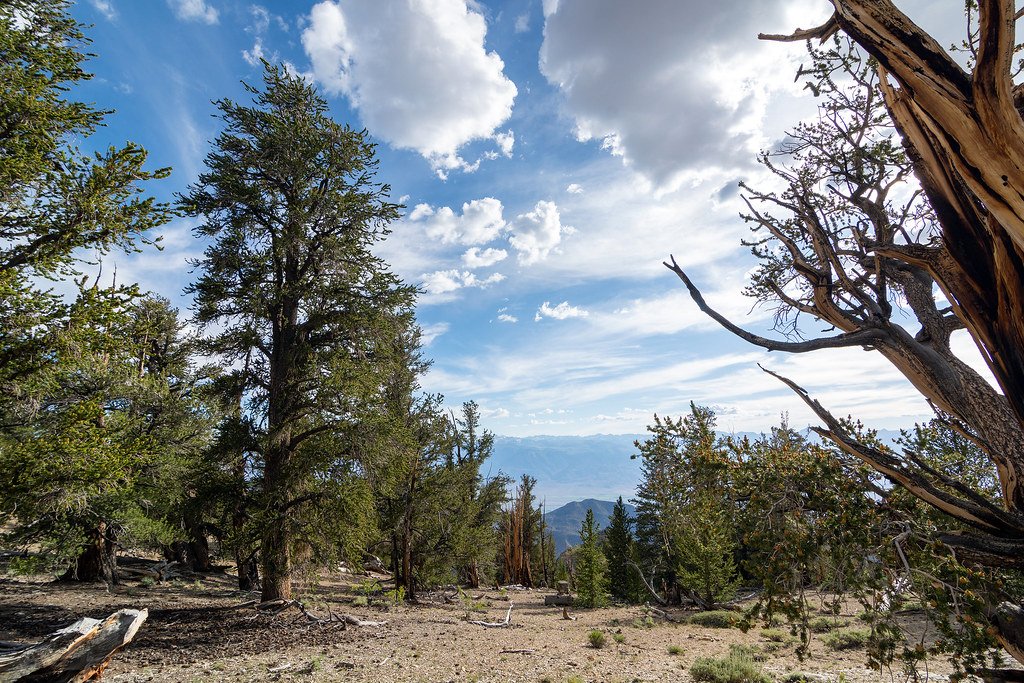
Some of the most awe-inspiring clonal trees can be found in various parts of the world, each with its own unique story. “Pando,” a clonal colony of quaking aspen trees in Utah, USA, is one of the oldest and largest living organisms on earth. Estimated to be around 80,000 years old, Pando spans over 100 acres and consists of approximately 47,000 individual trees. In Sweden, “Old Tjikko,” a clonal Norway spruce, is believed to be around 9,500 years old, surviving through the Ice Age and standing as a testament to resilience. These trees not only capture the imagination but also serve as a living record of the earth’s history, providing insights into ancient climates and ecosystems.
The Role of Clonal Trees in Ecosystems

Clonal trees play a vital role in their ecosystems by providing habitat, stabilizing soil, and contributing to biodiversity. Their extensive root systems help prevent erosion and maintain soil health, supporting other plant and animal life. In addition, these trees offer shelter and food sources for numerous species, contributing to the overall health of the ecosystem. By preserving genetic diversity, clonal trees ensure the resilience of their habitats. Their presence also aids in carbon sequestration, making them crucial players in combating climate change. Clonal trees are more than just ancient relics; they are integral components of their ecosystems, supporting life and maintaining ecological balance.
Clonal Trees and Climate Change
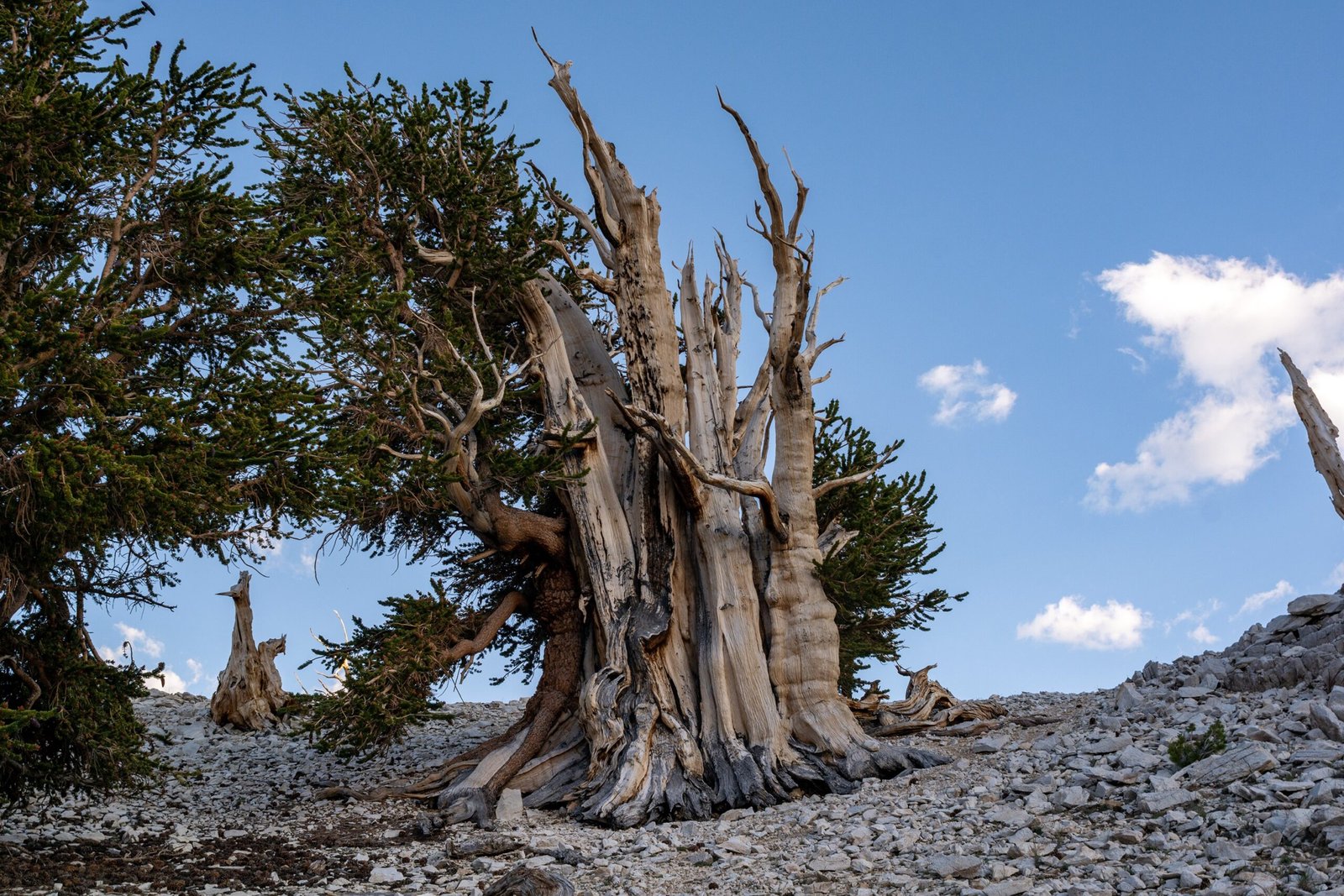
In the face of climate change, clonal trees are both vulnerable and resilient. Their ability to clone themselves allows them to adapt to changing conditions, but they are not immune to the threats posed by a warming planet. Rising temperatures, increased frequency of wildfires, and shifting precipitation patterns can all impact these ancient giants. However, their longevity and genetic stability offer hope for their survival. By studying clonal trees, scientists can gain valuable insights into how ecosystems respond to climate change and develop strategies to protect these vital organisms. Their survival is not just a testament to their resilience but also a crucial component in the fight against climate change.
The Cultural Significance of Clonal Trees
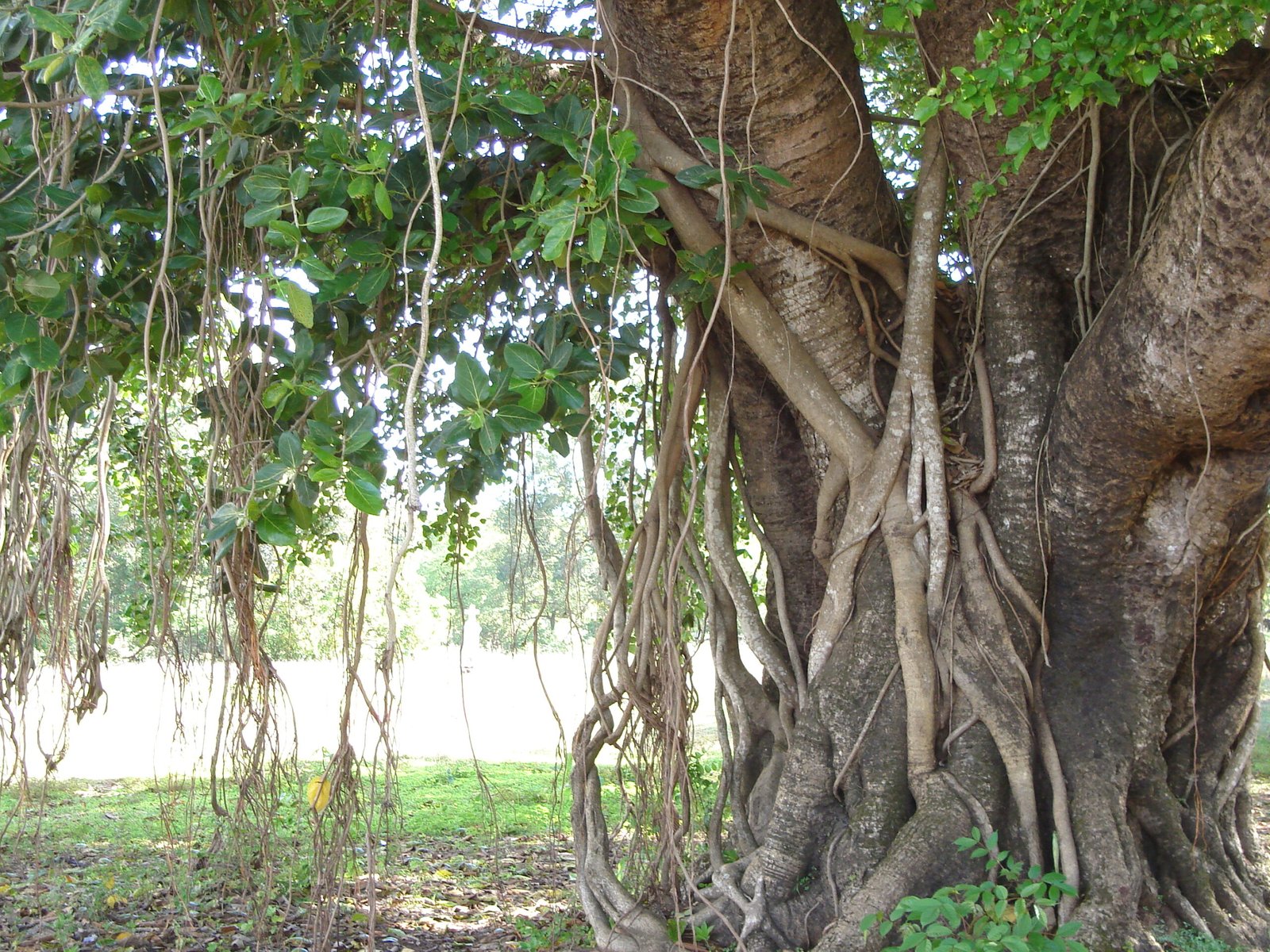
Throughout history, clonal trees have held cultural significance for many societies. They are often seen as symbols of endurance, wisdom, and connection to the past. Many indigenous cultures revere these trees as sacred, believing they hold the spirits of ancestors or serve as guardians of the land. In some traditions, clonal trees are used in rituals or as sites for spiritual reflection. Their ancient presence serves as a reminder of the continuity of life and the interconnectedness of all beings. By preserving these cultural symbols, we honor not only the natural world but also the rich heritage and traditions of the people who have lived alongside them for generations.
Challenges in Preserving Clonal Trees

Despite their resilience, clonal trees face numerous challenges that threaten their survival. Habitat destruction, climate change, and human intervention pose significant risks to these ancient giants. Deforestation and land development can disrupt their root systems, while pollution and invasive species can compromise their health. Conservation efforts are crucial to protect these living relics, ensuring they continue to thrive for future generations. By raising awareness and implementing sustainable practices, we can help preserve these invaluable organisms. The survival of clonal trees is not just an environmental issue but a testament to our commitment to safeguarding the planet’s natural heritage.
Modern Research and Discoveries
Ongoing research continues to uncover fascinating insights into the biology and ecology of clonal trees. Scientists study their genetic makeup, growth patterns, and adaptive strategies to understand how these ancient organisms have persisted for millennia. Recent discoveries have revealed the potential for clonal trees to adapt to changing environments, offering hope for their continued survival. By using advanced technologies, researchers can track the growth and health of these trees, providing valuable data for conservation efforts. These discoveries not only deepen our understanding of clonal trees but also inspire new approaches to preserving the earth’s biodiversity.
The Future of Clonal Trees

As we look to the future, the preservation of clonal trees becomes increasingly important. These ancient organisms hold the key to understanding the past, adapting to the present, and preparing for the future. By protecting their habitats and mitigating the impacts of climate change, we can ensure their survival for generations to come. The lessons we learn from clonal trees can inform conservation strategies and inspire sustainable practices. As guardians of the past and stewards of the future, clonal trees remind us of the importance of preserving the natural world and the interconnectedness of all life on earth.
Conclusion
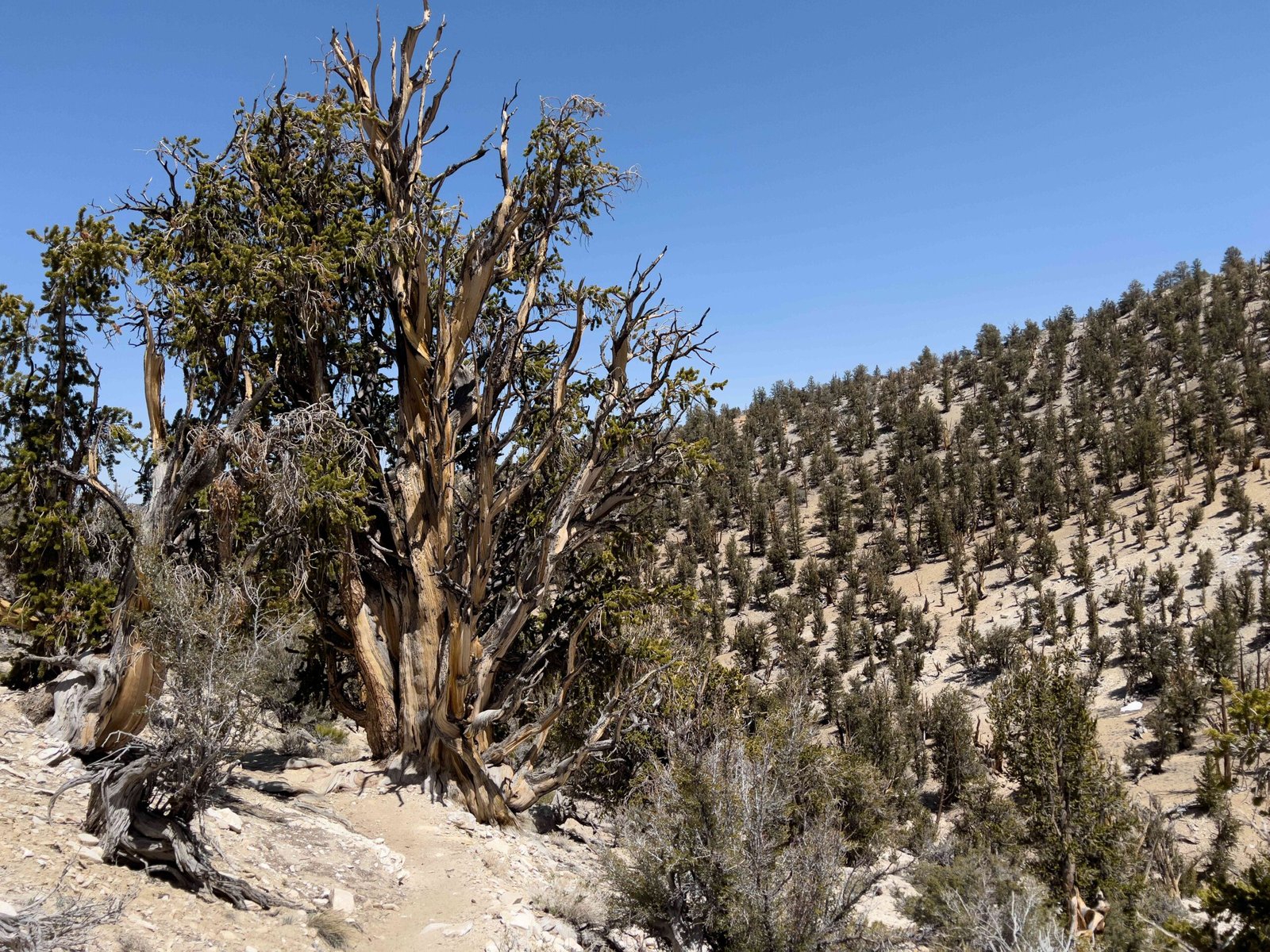
The world’s oldest clonal trees stand as silent witnesses to the passage of time, offering invaluable insights into the earth’s history and resilience. These remarkable organisms not only captivate the imagination but also play a crucial role in maintaining ecological balance. As we continue to study and protect these living relics, we honor their legacy and ensure their survival for generations to come. Clonal trees remind us of the enduring power of nature and the importance of preserving our planet’s rich biodiversity.




